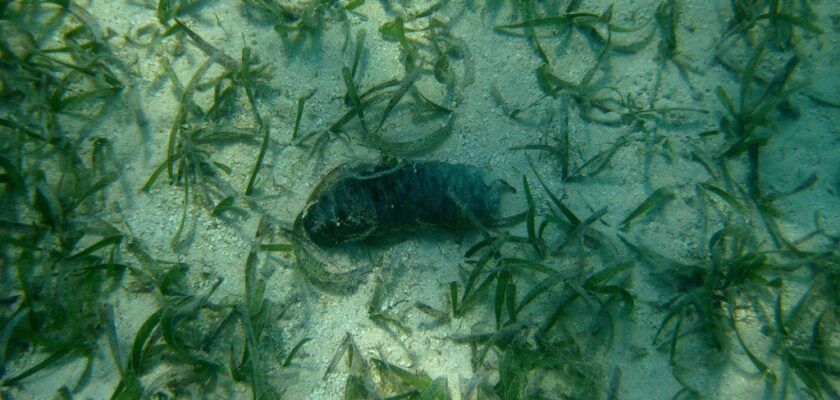Belize Barrier Reef
Belize Barrier Reef is a 280 km long chain of coral reefs running along the coast of Belize from 13-24 km offshore. It is part of the Mesoamerican Barrier Reef, stretching 900 km from the northern tip of Yucatan to the coast of Guatemala. It is the second largest in the world after Australia’s Great Barrier Reef.
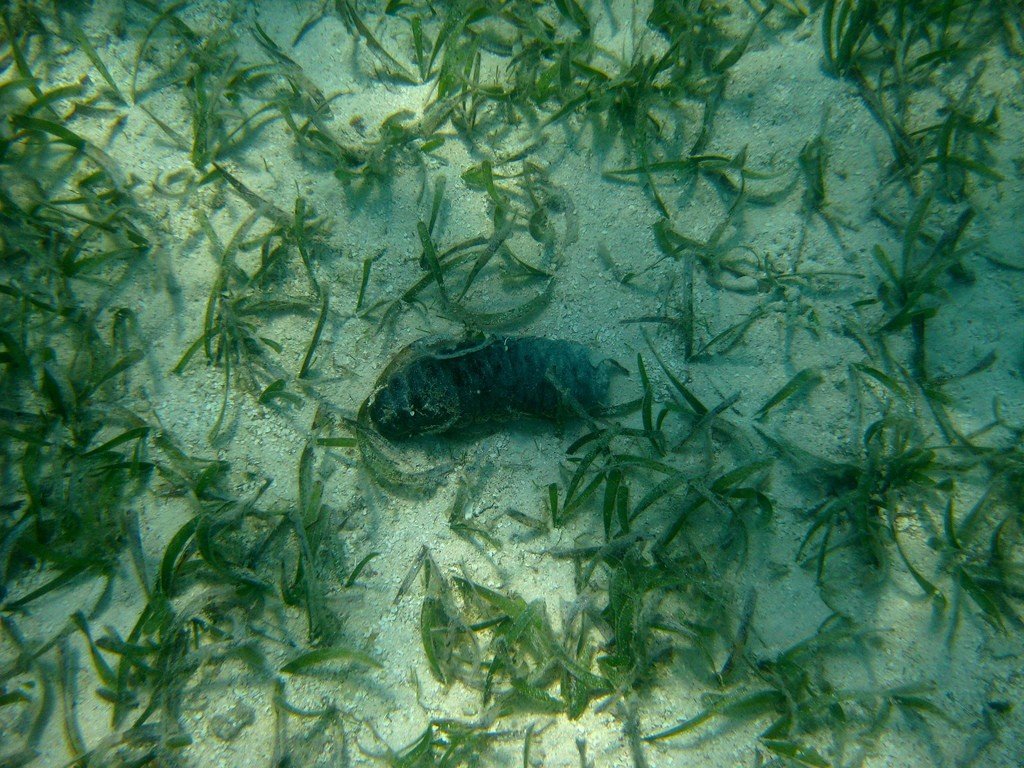
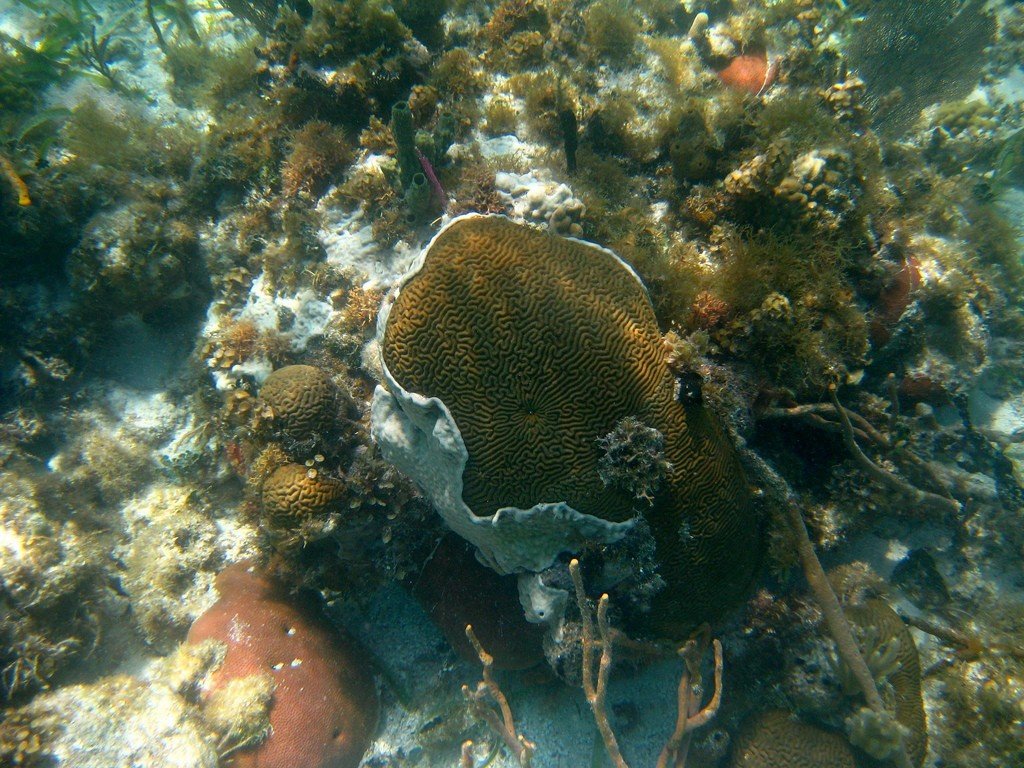
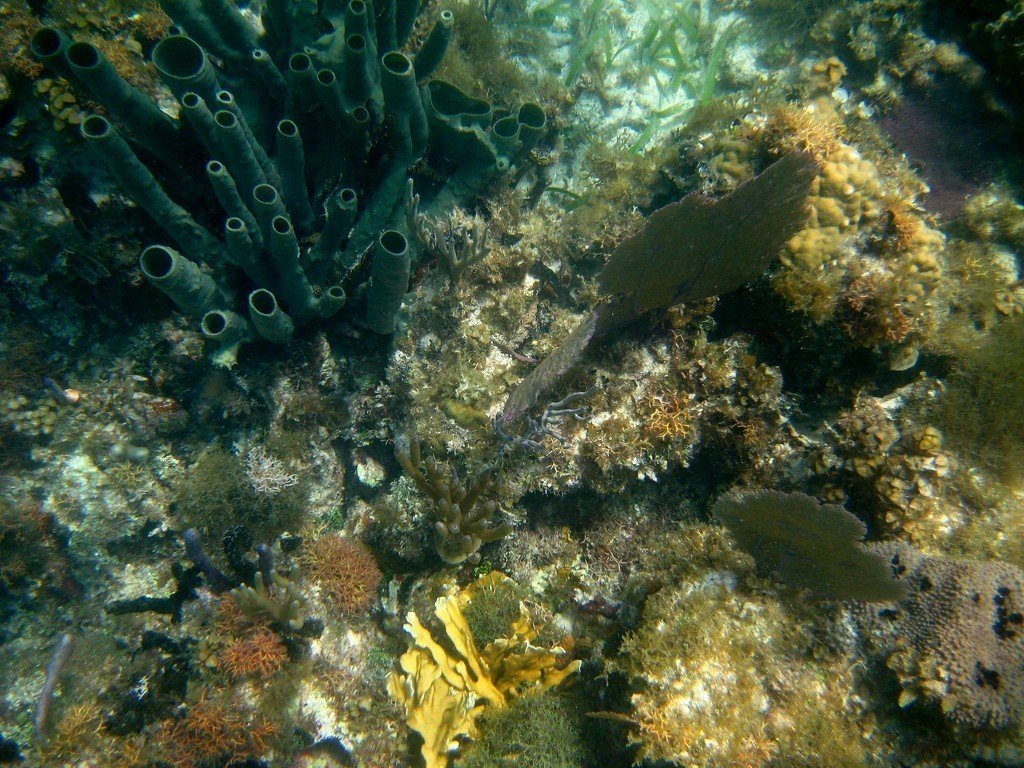
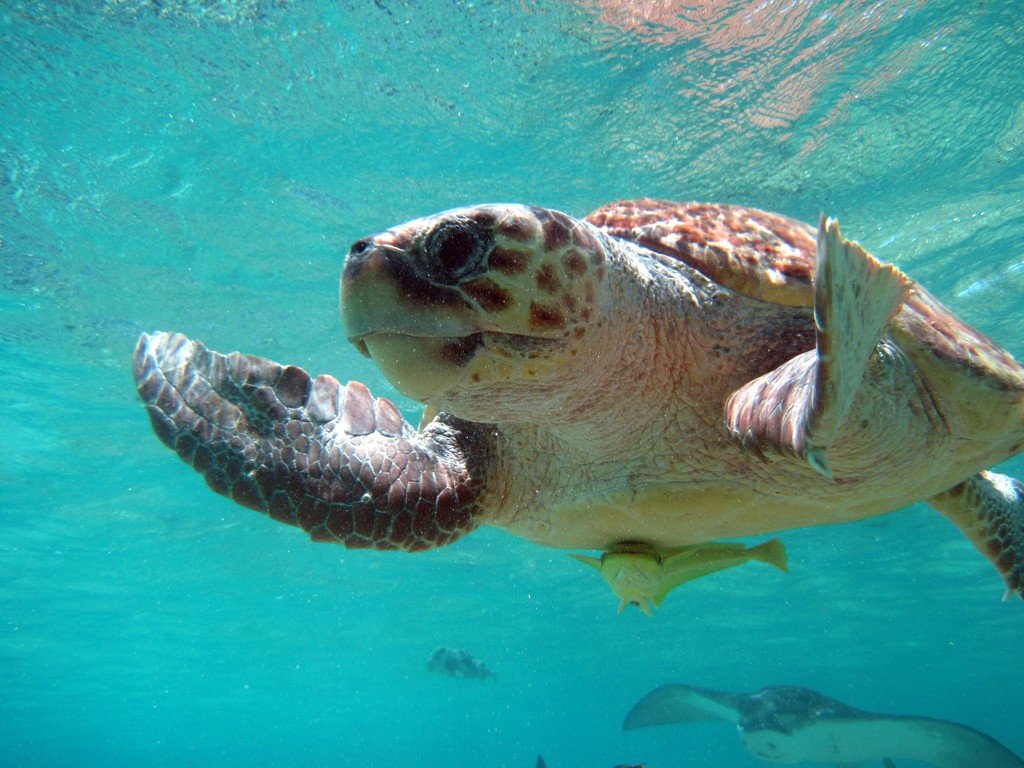
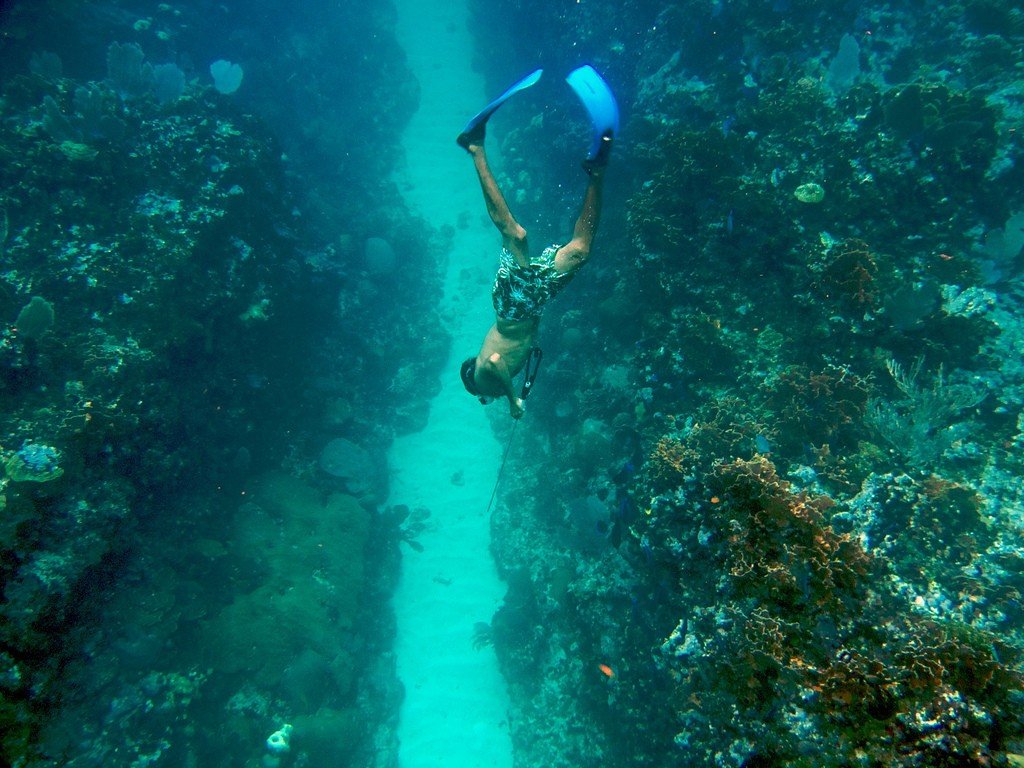
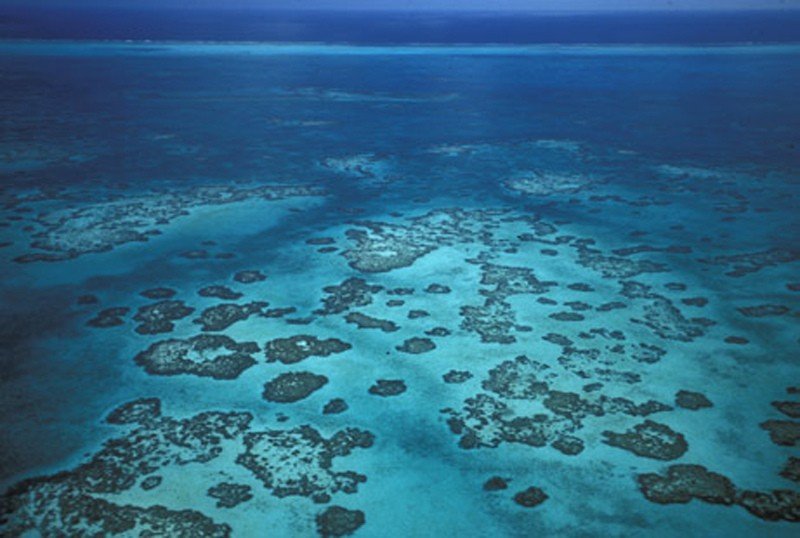
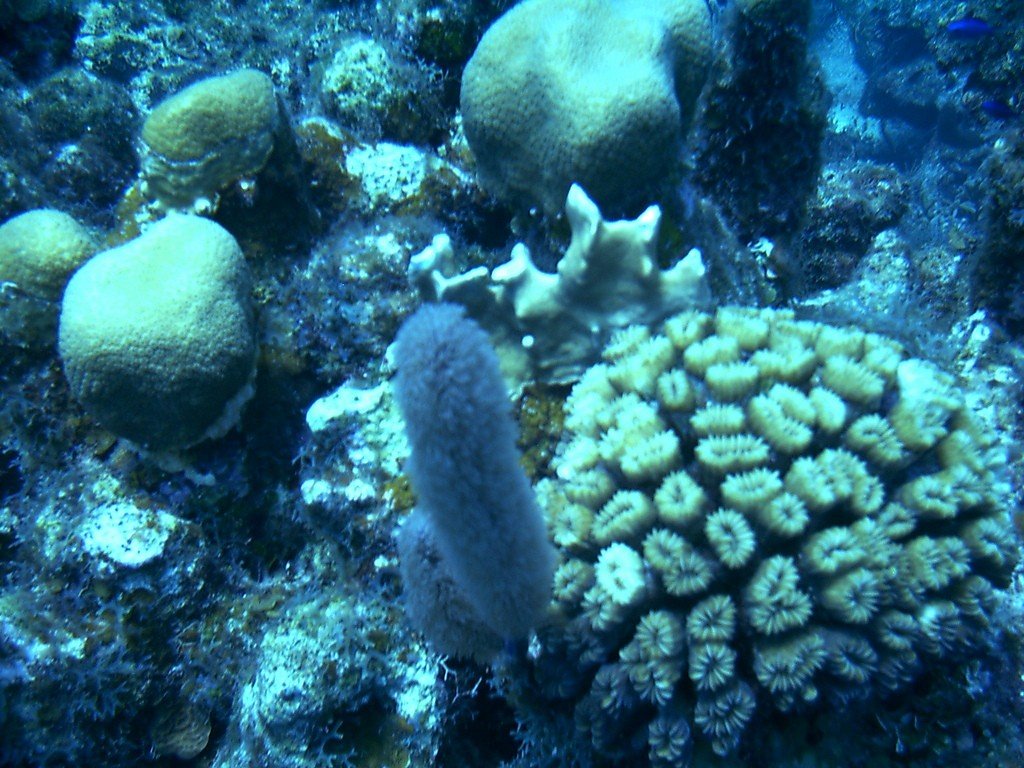
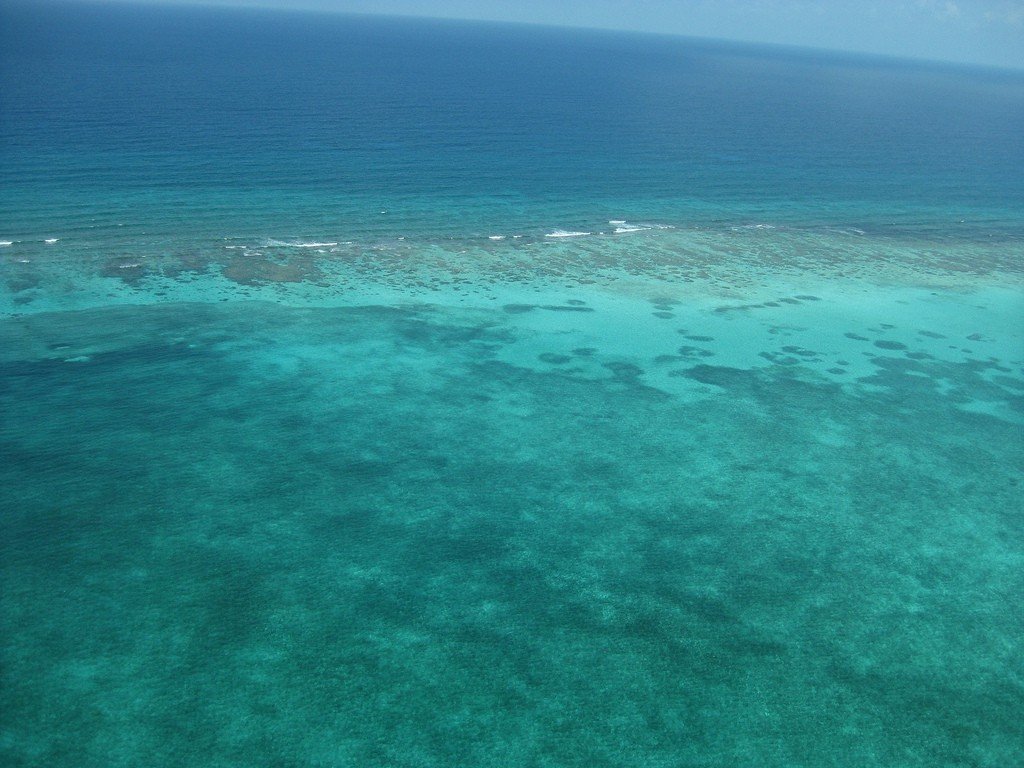
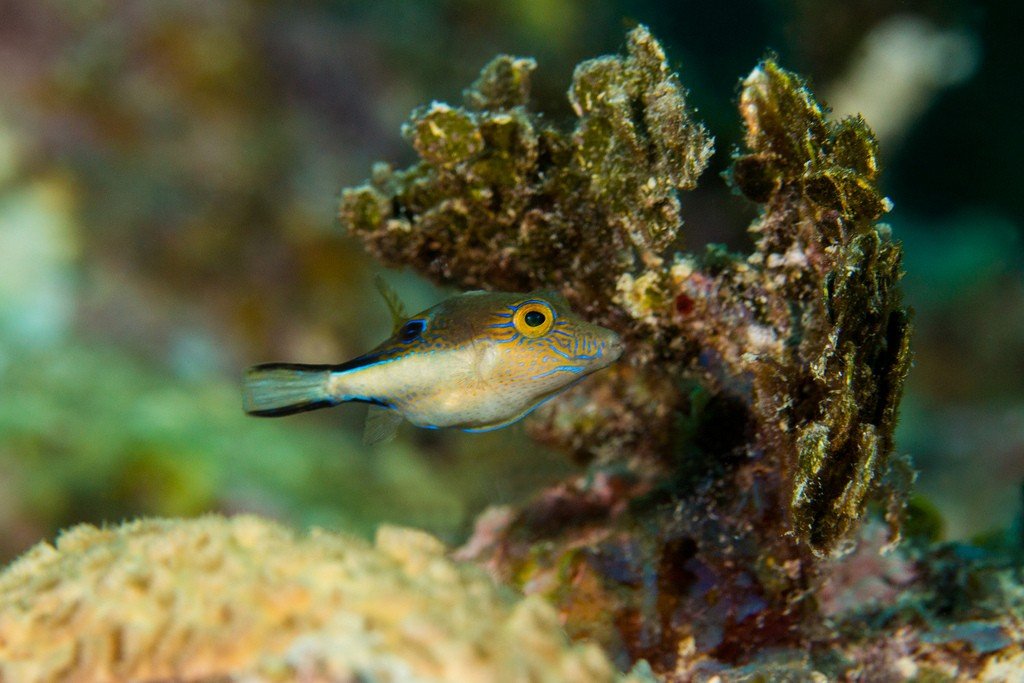
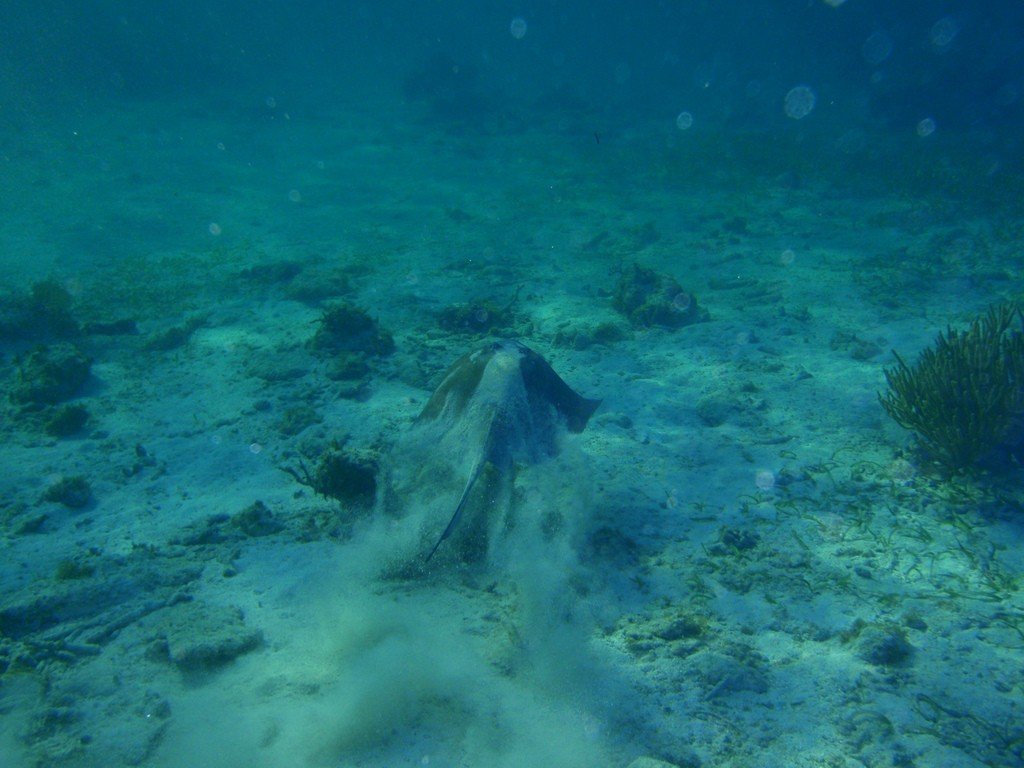
Biodiversity
General Information
Belize’s Barrier Reef Reserves include 7 marine reserves, 450 reefs and 3 atolls. The total area of the protected areas reaches 960 km². They include:
.- Glover’s Reef Marine Reserve
- Great Blue Hole .
- Half Moon Key Natural Monument .
- Hol Chan Marine Reserve
The Belize Barrier Reef is a nearly untouched underwater world. The sea bed between the reef and the mainland is flat and sandy, only in some places it rises to the surface, forming low, mangrove-covered islets.
To the east, where the sea bed drops sharply, there are three separate atolls: the islets of Turnef, Glover’s Reef and Lighthouse Reef. There is no better place for snorkeling! Flora and fauna in the coastal waters of Belize is the same as throughout the Caribbean Sea, only much more colorful and diverse.
.
Once a year, when the mating season arrives, in these waters gather untold schools of white sea bass – barramundi and three-needle sticklebacks, in addition, divers are greeted by good-natured dolphins.
.Belize’s coastal ecosystems have been a UNESCO World Heritage Site since 1996 as some of the richest ecosystems in the world. Seven sections of the site show the evolutionary process of reef development. Also found near the reef are rare species of marine animals such as sea turtles, manatee and the American sharp-nosed crocodile. In addition, the reef is home to:
.- 70 species of hard corals,
- 36 species of soft corals, .
- 500 species of fish, .
- hundreds of invertebrate species.
At the same time, scientists estimate that only 10% of the reef’s species diversity has been discovered.
.History
The very first scientific (and admired!) description of the reef was made by Charles Darwin (1809-1882) in 1842. He actually opened the reef to the scientific world. Another major discovery was made in 1972 by Jacques-Yves Cousteau (1910-1997).
.
Most atolls are in the Pacific Ocean, there they are the product of underwater volcanic activity. Three atolls of the Belize Barrier Reef – non-volcanic origin, proved Cousteau on the example of his discovery of the Big Blue Hole – a sinkhole in the center of Lighthouse Reef, 120 m deep and 305 m in diameter. It is a collapse in a system of karst caves formed during the last ice age. Before it ended, about 10,000 to 15,000 years ago, the ocean level was 120-135 meters lower, but as it rose, “holes” like this one – with water of a piercing blue – formed in the karsts.
.Approximately 450 islets, large and small coral reef formations are grouped under the common geographic term Belize Barrier Reef, which in turn is part of the Mesoamerican Barrier Reef. The Belize Barrier Reef stretches along the mainland coast of Belize for a distance of approximately 3 km in the north to 40 km in the south. The prevailing currents in this part of the Caribbean Sea are southwesterly. In the southeastern, deepest part of the region are three ring-shaped coral atolls with lagoons: these are Turnef, Glover’s Reef, and Aitehouse Reef.
.The Belize Barrier Reef received its highest UNESCO designation in 1996, when seven of its protected areas were inscribed on the World Natural Heritage List.
.It was popular before that, both with experienced sports divers and beginners snorkeling – swimming with a mask, snorkel and fins. But after receiving the prestigious certificate of a world attraction, the reef experienced a real tourist boom. And today up to 140,000 people a year come here (population of Belize – 334,300 people, 2013).
.As a resort region Belize Barrier Reef began to develop in the second half of the XX century, but before that it had its own history. There is archaeological evidence that the Maya, who came to the territory of Belize in the III millennium BC, in the area of the Belize Barrier Reef fished in the period from about 300 BC to 900 AD, after which most of the “Belizean” Maya migrated to the territory of present-day Mexico.
.Since the early 17th century, the islands (cayes) of the reef were ruled by pirates, of English and Scottish descent. All cayes are islands of greenery – mainly mangrove vegetation, there are identified a total of 178 terrestrial plants, 247 species of coastal marine flora and about 200 species of birds nesting on the shores. By the late 18th century, the descendants of pirates had become fishermen whose catch was bought by traders of the Mosquito Coast (now Nicaragua). Then the Cayes experienced several waves of migration. Garifuna Indians and other tribes from Mexico moved here, and from about the mid-19th century white North Americans began to appear more frequently as vacationers.
.Climate
An amazing feature of the reef is its very location: thanks to warm currents and tropical climate, the water temperature here does not fall even in the winter months, below + 25 degrees Celsius. In summer, the waters washing the Belize Barrier Reef – a real “steamy milk”, their temperature does not fall below +28 degrees Celsius. Such a temperature regime and excellent conditions for recreation (on many small islands built luxury hotels) attract hundreds of thousands of vacationers here every year.
.
Ecology
Naturally, the state of Belize receives from the developed infrastructure of tourism huge profits, but, as they say, “every medal has a flip side.” With tons of garbage, which leave behind tourists, can hardly cope with the local residents and special organizations, among which work an overwhelming number of volunteers.
.
Huge harm to the Belize Barrier Reef, which is devoted to a whole series of special television programs, and poachers who catch fish using cyanide. In addition to valuable fish species, this deadly poison kills the rarest turtles, preserved only in these places, as well as dying corals, which are the main component of the ecosystem. Without them, all life in Belize would simply die. Scientists cite horrifying figures. On one of the 7 wonders of the underwater world only in 2009, 40% of corals died. The area where corals are dying en masse is called a coral graveyard. This spectacle can make a depressing impression even not on a particularly impressive person: in the place where recently corals shimmered with all the colors of the rainbow, and around them boiled with life, everything becomes gray, and see even one fish in this place – a rare luck.
.
Observing this state of affairs, the authorities of Belize, together with the UNESCO organization, which included the Belize Barrier Reef in the list of World Heritage, are conducting a number of measures aimed at preserving all this amazing beauty for our descendants. Naturally, in the future, this will bear fruit, and the Belize Barrier Reef will once again play with all its colors. However, it faces another danger, which, alas, scientists can not cope with – global warming.
.
Corals are organized in such a way that even with a slight increase in temperature, they stop reproducing and die. To be fair, it should be noted that the latest observations of oceanologists, as well as thermographic images taken from space, show that the sharp warming of waters does not threaten the Belize Barrier Reef, and therefore, with the right and reasonable approach, the second largest reef in the world, can be saved. To do this is not so difficult, it is only necessary to pay attention to a number of measures taken by the authorities of Italy, which managed to preserve Sardinia in pristine condition and, at the same time, make it attractive to thousands of tourists.
.